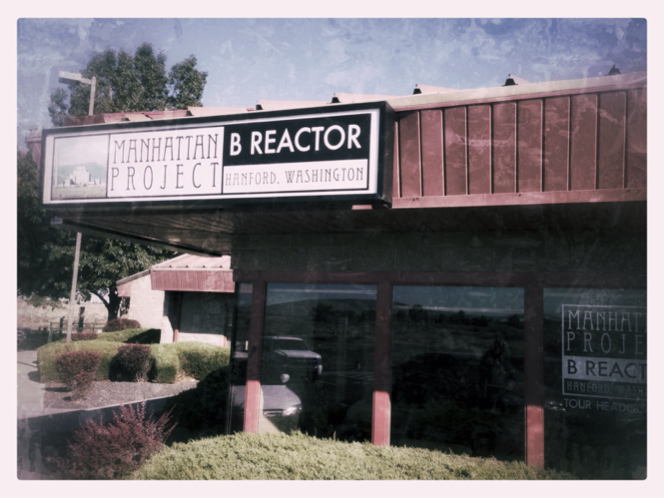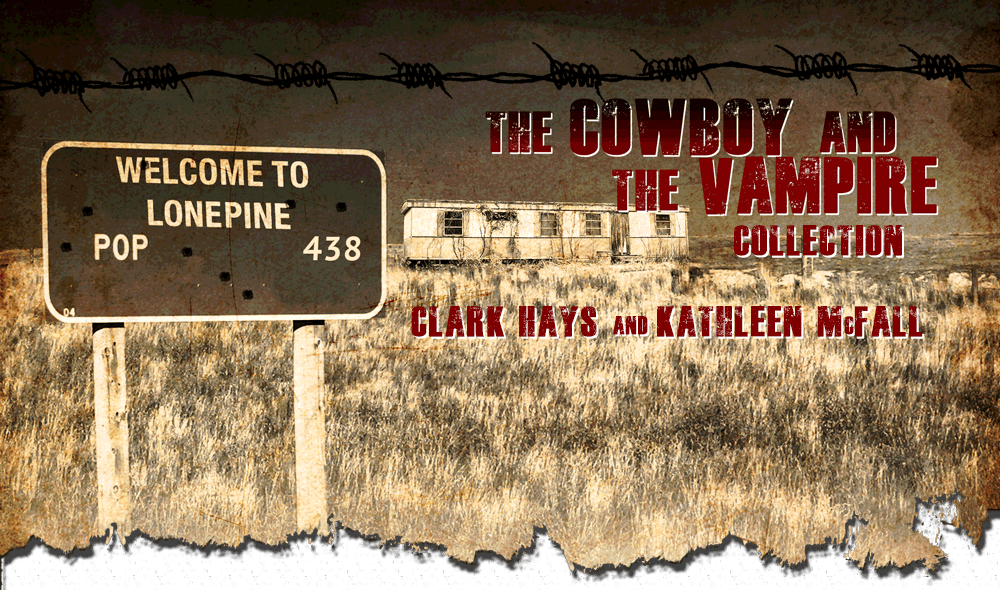Home > Soapbox > Hanford: Reflections on a visit to history’s graveyard
Hanford: Reflections on a visit to history’s graveyard
 “No one is allowed to take photos. Apparently, the disposal of nuclear waste is just as sensitive as the process of nuclear enrichment.”
“No one is allowed to take photos. Apparently, the disposal of nuclear waste is just as sensitive as the process of nuclear enrichment.”
On August 9, 1945, the U.S. detonated a nuclear bomb over the Japanese city of Nagasaki.
The bomb killed an estimated 75,000 people, injured as many more — not counting the death and sickness that would linger for decades — and devastated much of the city. By most accounts, the bombing of Nagasaki, following closely on the heels of the bombing of Hiroshima, brought to an end World War Two. When faced with a level of destruction never before dreamed of, the Japanese leaders opted for preservation in the face of certain extinction.
Both Hiroshima and Nagasaki were turned into scorched graveyards, but would emerge from the ashes.
The bomb that landed on Nagasaki, known affectionately as Fat Man — rendering its deadly intent almost comical — was powered by plutonium. Plutonium, though harder to make than uranium (which was used in Little Boy, the bomb that landed on Hiroshima) had a greater probability of initiating the chain reaction necessary to produce the desired mushroom cloud of death now forever scorched into our collective subconscious. Making plutonium requires chain-reacting uranium and then extracting plutonium from it; that process was perfected, on the fly and under great pressure, on the sprawling Hanford Nuclear Reservation located near Richland, Washington.
Now decommissioned, Hanford is a 580-square mile nuclear graveyard that, like all graveyards, serves as a monument to the aspirations and successes of humans, and as a constant reminder that all of our efforts ultimately end in the grave. And in this case, that grave leaks radioactive contaminants that endanger the safety of all those who live in its shadow.
Hanford is located just a few hundred miles from our home in Portland, and they offer public tours throughout the summer. The tours book up quickly. Interest is high.
This summer, Kathleen and I finally made it onto the list and we had the opportunity spend a day on a bus touring the Hanford Nuclear Complex. No one is allowed to take photos. Apparently, the disposal of nuclear waste is just as sensitive as the process of nuclear enrichment.
Even seen through the filter of the tragic end use of the plutonium, the most striking thing about Hanford is how so many people came together for a monumental and purely, at that point, theoretical effort to enrich plutonium. It had never been done before, other than on a tiny scale. When it became clear the Nazis were pursuing nuclear capabilities, the race was on.
Some of the brightest minds in physics were assembled and given the full support of the military and the federal government. Failure meant a changed world, though success — as we would all find out — would mean the same.
The first step was to find a place to build the complex, the experiment, the crucible. Hanford was chosen for a number of reasons. There were very few people, thus the risk of fiery accidents had limited consequences. It was also remote (and still is), so enemies would have a tough time infiltrating or attacking it. There was also a powerful, inexhaustible source of cold, pure water which would be needed to cool the nuclear fuel rods (if it worked): the mighty Columbia River.
The military swooped in and displaced about 1,300 residents of three towns under eminent domain laws: Hanford, White Bluffs and Richland. One day, they were hard scrabble towns of farmers and ranchers in the middle of nowhere. The next, they disappeared inside a bustling, highly efficient military complex. The residents were forced to move. The only things remaining of White Bluffs today are a few photographs and some sturdy ruins of a bank and a school.
With the site chosen, next came the workforce to build the necessary reactors and processing plants. This was during the war and jobs were scarce in those days, the lure of good money irresistible. Tens of thousands and men and women were drawn to the area to live in rough barracks, eat sandwiches hurled out by an “automatic sandwich machine” and work on a secret, unspecified war construction project. They were mostly older men — all the young men, the best and the brightest were trudging around Europe or else sweating and cursing the heat of the Philippines, and dodging bullets.
The scale of the construction at Hanford was huge and mind boggling. No one had built nuclear reactors before, and in fact no one really knew what they were building then, other than the handful of white-coated scientists in charge. Metal workers were told to build sturdy aluminum pipes to exact specifications. Pipefitters were told to develop pigtails spigots so certain specifications. Bricklayers were told to develop a matrix of graphite bricks as big as a building. And nurses were told to treat mysterious burns.
This was war and questions could be saved until after we won. And there would be many questions.
But first there would success. Enriched plutonium in a special briefcase was transported by car to Portland, our home town, and the by train down to Alamogordo in New Mexico where it was successfully tested, then more of it was stuffed inside the Fat Man, flown to Japan and dropped into the heart of Nagasaki.
The war ended, the workers — probably a little stunned at what they had built — were celebrated. Hanford was a success and now we could rest on our accomplishments and protect the world. The plant was idled but then, mysteriously, a near mirror-image nuclear enrichment facility popped up in Russia. The nuclear arms race was on. Hanford would lumber back to life and churn out nuclear materials to be placed on the tips of InterContinental Ballistic Missiles at a furious pace, and it would be decades before we could slow that mad race.
When the plants were finally closed for good, there was one small problem: nuclear waste. Producing enriched nuclear materials yields tons of toxic, radioactive waste for every ounce of plutonium produced. And it was everywhere — in the waste products, in the dirt, in the water — and it was unstable and stored in inadequate containers built decades ago and in a rush, before we even knew what nuclear material was.
The clean up effort in Hanford is larger, though quieter, than the initial construction. But no less striking.
Billion dollar contracts stretching decades into the future provide the fuel for dump trucks scurrying back and forth to nuclear graveyards where the dust must be sprayed with water so it won’t drift. Scientists test plants and animals — deer and rabbits are especially vulnerable — for radiation to measure success. Wildfires and the threat of airborne contaminants are a daily concern. Engineers use practice tanks to test robotic arms so they can plug buried coffins of radioactive waste water. A giant plant is under construction to encase nuclear material in melted glass — glassification — so it can be safely stored…somewhere.
After spending a day in an air-conditioned bus and touring some of the facilities, three things stand out about Hanford.
First, the sheer enormity of the project and the triumph of science and muscle to solve a problem is inspiring. Sitting on a folding chair in the heart of Reactor B watching a movie about the process is akin to sitting in the front row of a church looking up at an altar. Only instead of seeing a pierced, sad and bearded martyr, we were looking at a huge and symmetrical row of pipes and fittings piercing a wall of graphite that once held nuclear rods. The effect was sacred and profound.
Second, the ghosts of those misplaced, misused and massacred by the project hang heavy over the high desert landscape. So many lives bent and blasted, it’s hard to feel anything other than nauseous and sad. Make no mistake, I’m very glad we won the arms race — the thought of a nuclear-armed Nazi regime is frightening indeed — but Hanford feels like the headwaters of the Atomic Age, and the shadow of that age — fear of mutually assured destruction — stretches into the present and beyond. Despite the jovial tour guide and earnest, good-natured engineers at ever stop, Hanford echoes with the eerie silence of a historic battlefield.
Third, there is something equally profound about the consequences of our success — the ghosts of victory. A once desolate but beautiful area is now a nuclear graveyard filled with leaking caskets of toxic material. The headstone is a towering, unfinished glassification plant that — it’s feared — may not even work in containing nuclear waste. Worse, even if it does, there’s no place to put the glass sculptures imprisoning the waste, no one wants it, and there’s no way to make it safe. It would appear the remnants of our success are more toxic than our success.
Despite the underlying sense of tragedy, it’s an amazing trip and a testament to what we can accomplish, when we have to, working together. I wish we felt similarly motivated to solve some of the greatest threats we face today: poverty, or climate change, for example. Sadly, it appears we can only come together against a distinct threat. When the danger lies within our own society, there’s no one to bomb and no one to focus our scientific exceptionalism on … except ourselves.
I also wish we had the foresight to think more about the consequences of our actions before they trap us forever in a glassified form of regret.
